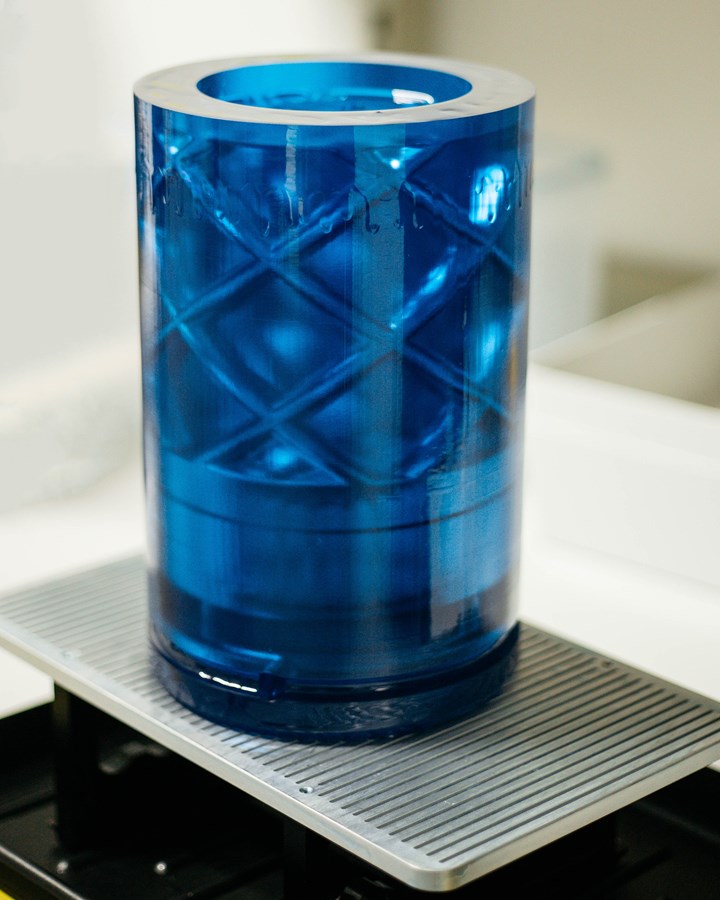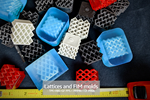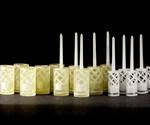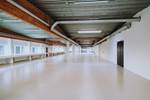Addifab and Nexa3D Partner for Larger, Faster 3D Printed Tooling
The companies say this collaboration will allow five times larger build plans, up to 20 times faster printing and much lower initial investment costs.
Polymer 3D printer manufacturer Nexa3D (Ventura, Calif.) will supply its NXE 400 system—including the industrial 3D printer as well as wash and cure units—to users of Freeform Injection Molding (FIM), while Addifab (Taastrup, Denmark) will be supplying their proprietary tooling resins and post-processing equipment, as part of a newly announced collaboration.
FIM allows users to additively manufacture complex injection mold tooling in hours. The resulting molds are compatible with most thermoplastic materials, including reinforced high-performance resins. After molding, the tool is dissolved away, leaving only the complex injection molded part.
As part of the collaboration with with Nexa3D, Addifab is offering customers three packages to begin utilizing FIM: Getting Started, Scaling up and Going Micro. Getting Started includes a Nexa3D XiP desktop 3D printer for build volumes of 7.5 by 4.7 by 8.3 in, with a print volume of 4.8 liters and a pixel size of 52 µm. Scaling Up is built around the Nexa3D NXE 400 printer, with a build volume of 10.8 by 6.1 by 15.7 in, 17 liters and a pixel size of 76.5 µm. Going Micro includes the same Nexa3D printer and build capabilities as Getting Started, but also includes an Addifab 10 µm printer.
Nexa3D and Addifab will showcase their joint solution at the RAPID + TCT show (May 17-19; Detroit). The companies are also setting up joint Silicon Valley demo facilities in Palo Alto, Calif.

Addifab and Nexa3D say their new collaboration will make Freeform Injection Molding faster and cheaper, while allowing bigger mold builds.
Photo Credit: Addifab
Related Content
-
What to Look for in High-Speed Automation for Pipette Production
Automation is a must-have for molders of pipettes. Make sure your supplier provides assurances of throughput and output, manpower utilization, floor space consumption and payback period.
-
PHA Compound Molded into “World’s First” Biodegradable Bottle Closures
Beyond Plastic and partners have created a certified biodegradable PHA compound that can be injection molded into 38-mm closures in a sub 6-second cycle from a multicavity hot runner tool.
-
AI-Driven Capabilities Advance Efficiency and Quality in Your Molding Environment
New for many molders, AI isn’t as complicated to learn as some may think.












